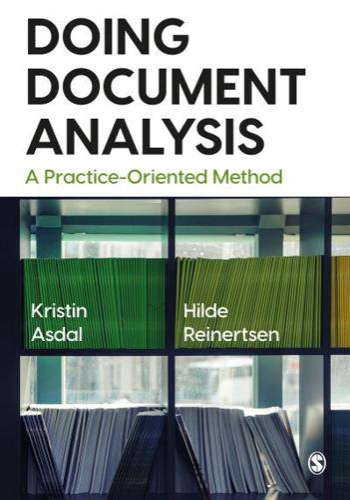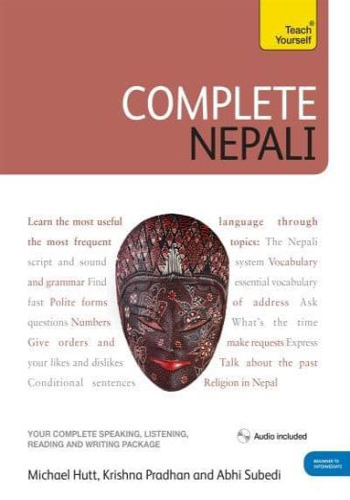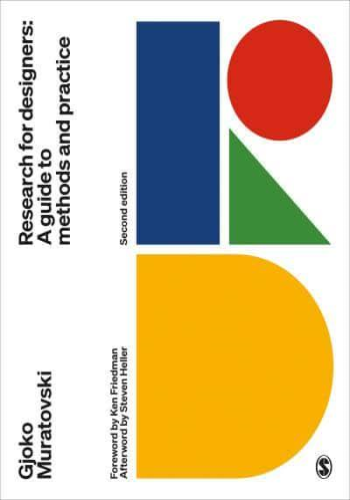Are you looking for a complete course in Nepali which takes you effortlessly from beginner to confident speaker? Whether you are starting from scratch, or are just out of practice, Complete Nepali will guarantee success!
Now fully updated to make your language learning experience fun and interactive. You can still rely on the benefits of a top language teacher and our years of teaching experience, but now with added learning features within the course.
The course is structured in thematic units and the emphasis is placed on communication, so that you effortlessly progress from introducing yourself and dealing with everyday situations, to using the phone and talking about work.
By the end of this course, you will be at Level B2 of the Common European Framework for Languages: Can interact with a degree of fluency and spontaneity that makes regular interaction with native speakers quite possible without strain for either party.
Learn effortlessly with a new easy-to-read page design and interactive features:
Not got much time?
One, five and ten-minute introductions to key principles to get you started.
Author Insights
Lots of instant help with common problems and quick tips for success, based on the author's many years of experience.
Grammar Tips
Easy-to-follow building blocks to give you a clear understanding.
Useful Vocabulary
Easy to find and learn, to build a solid foundation for speaking.
Dialogues
Read and listen to everyday dialogues to help you speak and understand fast.
Pronunciation
Don't sound like a tourist! Perfect your pronunciation before you go.
Test Yourself
Tests in the book to keep track of your progress.
Try This
Innovative exercises illustrate what you've learnt and how to use it.
The audio for this course and a free essay on Nepali culture is available for free on library.teachyourself.com or from the Teach Yourself Library app.
Rely on Teach Yourself, trusted by language learners for over 75 years.







